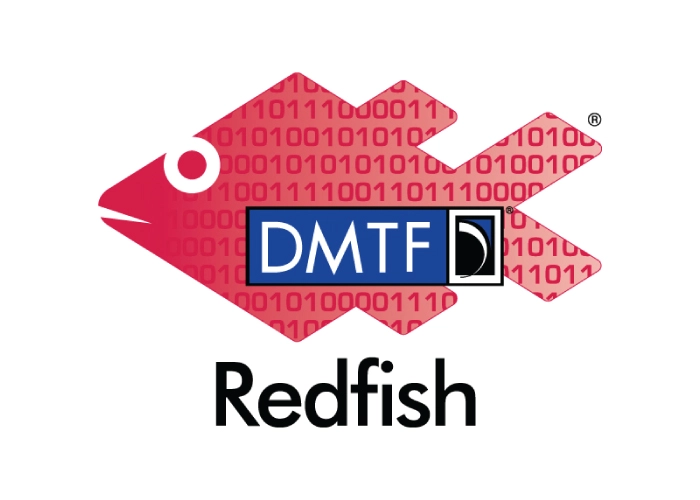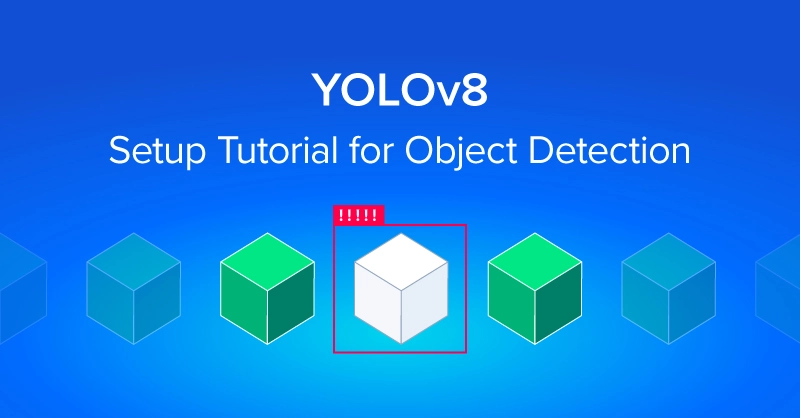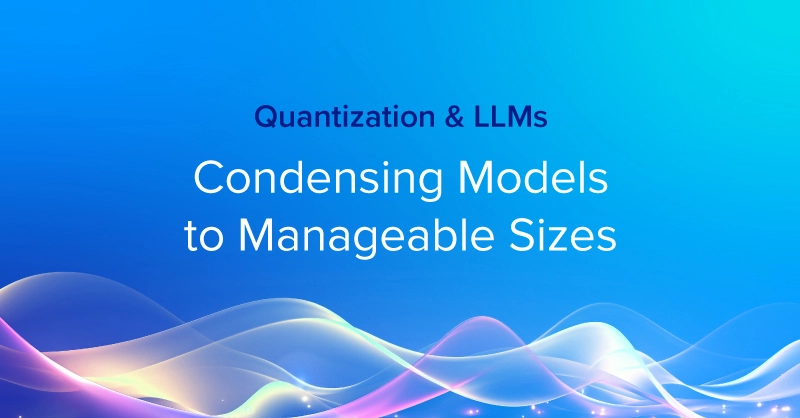
What is Redfish API?
Redfish is a standard and a RESTful API for managing scale-out servers, developed by the DMTF (SPMF) group, that utilizes JSON schema or OData. It is currently being supported by various server manufacturers and is available on Exxact solutions such as the Fulcrum IXR111-1000R and the Fulcrum IXR210-1536R-NVM, It is designed to help customers integrate solutions within their existing toolchains.
Managing servers via a RESTful interface
With a RESTful interface, it is designed to leverage existing internet standards and toolchains making it usable by amateurs and professionals. It is intended to be a secure replacement for IPMI-over-LAN to manage servers. It is also intended to meet OCP Remote Machine Management requirements and can be deployed on existing management controllers.
How it works
Redfish uses HTTP/HTTPS protocol for a request and response mechanism, with an alert subscription. The data is contained in JSON, and adheres to a data schema, which is expressed in JSON-schema and OData CSDL. As an option, device discovery is through SSDP/uPnP. Because HTTP/HTTPS is a well-known security model and network configuration, existing IT departments can use their existing skill set and toolchain to perform system management tasks. JSON is simpler than XML and has modern language support, making it human-readable.
Redfish v1.0 Scope
Users will be able to perform various commands and actions, including changing boot order/device, reboot/power cycle a server, and setting power thresholds. It also includes the ability to retrieve "IPMI class" data like basic server identification and asset info, health state, temperature sensors and fans, and power supply, power consumption, and thresholds. Access is through serial console via SSH and both event and logging notifications are used. The BMC infrastructure allows viewing and configuring of the BMC network settings and the management of local BMC user accounts.

What You Need to Know About Redfish API
What is Redfish API?
Redfish is a standard and a RESTful API for managing scale-out servers, developed by the DMTF (SPMF) group, that utilizes JSON schema or OData. It is currently being supported by various server manufacturers and is available on Exxact solutions such as the Fulcrum IXR111-1000R and the Fulcrum IXR210-1536R-NVM, It is designed to help customers integrate solutions within their existing toolchains.
Managing servers via a RESTful interface
With a RESTful interface, it is designed to leverage existing internet standards and toolchains making it usable by amateurs and professionals. It is intended to be a secure replacement for IPMI-over-LAN to manage servers. It is also intended to meet OCP Remote Machine Management requirements and can be deployed on existing management controllers.
How it works
Redfish uses HTTP/HTTPS protocol for a request and response mechanism, with an alert subscription. The data is contained in JSON, and adheres to a data schema, which is expressed in JSON-schema and OData CSDL. As an option, device discovery is through SSDP/uPnP. Because HTTP/HTTPS is a well-known security model and network configuration, existing IT departments can use their existing skill set and toolchain to perform system management tasks. JSON is simpler than XML and has modern language support, making it human-readable.
Redfish v1.0 Scope
Users will be able to perform various commands and actions, including changing boot order/device, reboot/power cycle a server, and setting power thresholds. It also includes the ability to retrieve "IPMI class" data like basic server identification and asset info, health state, temperature sensors and fans, and power supply, power consumption, and thresholds. Access is through serial console via SSH and both event and logging notifications are used. The BMC infrastructure allows viewing and configuring of the BMC network settings and the management of local BMC user accounts.




